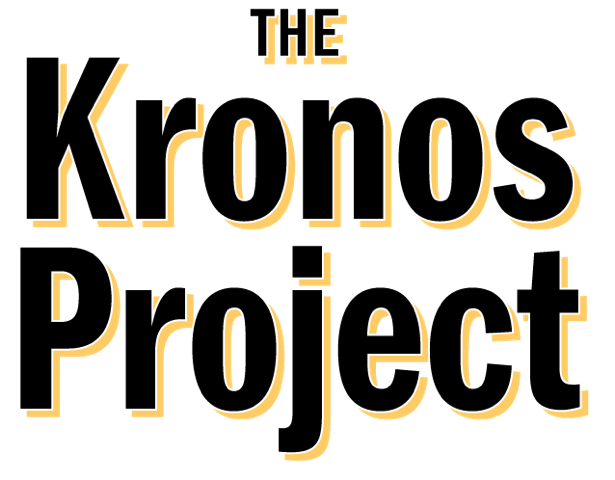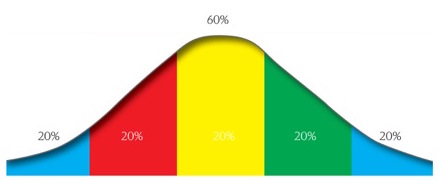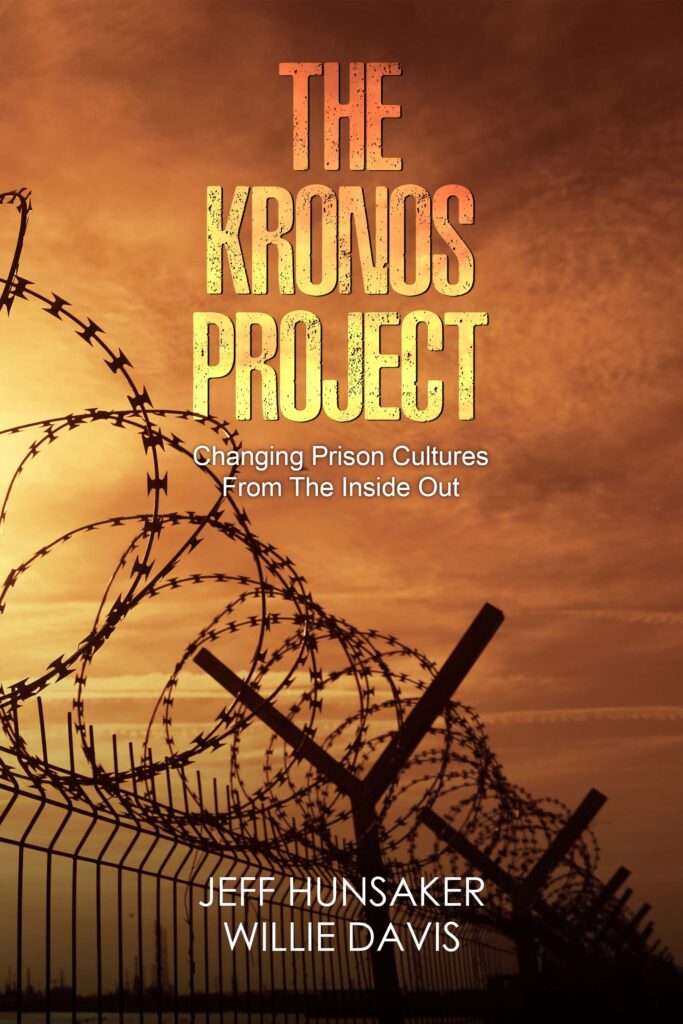
While prisons keep inmates locked away from the general public, they also try and modify their behavior so they don’t return to prison. Unfortunately, prisons are not centers of rehabilitation.
There are four factors prisons cannot address in their rehabilitation efforts. Addressing these four factors was the catalyst behind the creation of The Kronos Project.
(1) Bell Shape Curve: Prison inmates, like all populations, distribute themselves on a 20/60/20 bell shape curve. Twenty percent of inmates will not return to prison when released. They have changed their thinking, or they have enough resources to stay out of prison in the future. Twenty percent will recidivate, regardless of a prison’s rehabilitation efforts. Prisons are built for this twenty percent. Therefore, prisons should not waste valuable rehabilitation resources on this forty percent.

However, that leaves sixty percent of inmates who fall in the middle of the bell shape curve. This sixty percent can possibly be influenced to not recidivate. Prisons should target this sixty percent for their rehabilitation efforts, as it has the greatest impact on recidivism.
This ‘Bell Shape Curve’ factor is ignored by prisons because prisons have no way to separate the inmates who can be rehabilitated from those who cannot.
(2) Big Six: Inmates who do not recidivate when released have six common characteristics. The more of these six characteristics an inmate has, the less chance of their recidivating. Those characteristics are (1) turning 25 years of age, (2) being in a committed relationship, (3) becoming literate, (4) receiving substance abuse/mental health treatment, (5) having a career path, and (6) believing in a higher power.
This ‘Big Six’ factor is ignored in prison because current prison rehabilitation programming focuses more on improving an inmate’s individual deficits. Prisons do not have the resources, nor can they restructure their rehabilitation programming to assimilate these six characteristics into any system of holistic programming.

(3) Dual Role: Prisons always experience cross purposes, maintaining public safety first, while trying to successfully reintegrate its inmates back into the community second. Prisons have difficulty fulfilling this dual role of public safety protector and prisoner rehabilitator.
The ‘Dual Role’ factor is generally ignored by prisons. They do the best they can with what they have. Many prisons realize that faith-based and community organizations can be an integral part of its rehabilitation efforts. However, there is little empirical evidence proving how more God means less crime.
(4) Real-Time Measurement: There is no real-time measurement of rehabilitation. Rehabilitation is currently measured by inmates not recidivating over a period of years after their release, not by an inmate’s internal change post rehabilitation programming. Successful rehabilitation requires a continuous improvement model, which means rehabilitation programming needs to be measured and addressed along the way, not by an external act years from now.
The ‘Real-Time Measurement’ factor is ignored in prisons because prisons have no way to measure internal change in real-time, or implement a continuous improvement model into their prison programming.
Interested in being a Kronos parent company or host prison?

The Kronos Project is a fictional novel based on real people. Follow four inmates, Strong, Mateo, Carter, and Jax, through this innovative ten-month prison program. Learn how one small program can change lives and a prison culture from the inside out. Available on Amazon. Paperback $15.99. E-book $3.99. Join our conversation on Facebook.
